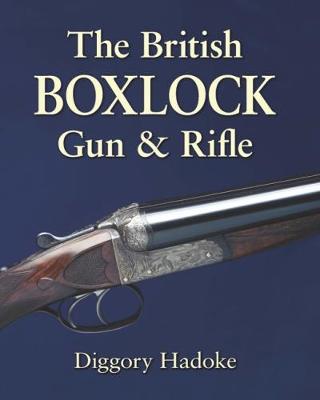Driven shooting has been an established sport in the British Isles since it was introduced by the mid-Victorians. The sport of shooting had previously been largely a matter of a gentleman walking-up game over his dogs. His weapon of choice was a muzzle-loading shotgun, until the advent of breech-loading pin-fires in the mid 1850s. This allowed guns to be loaded faster and the development of the shotgun continued apace for the next fifty years.
Centre-fire, rebounding hammers, snap-actions, hammerless guns that cock automatically, self-openers, which require only one hand to open, automatic cartridge ejection, single triggers. Each development made it easier and faster to fire and re-load a double barrelled shotgun. When used as a pair, with a loader, the rate of continuous fire is unsurpassed.
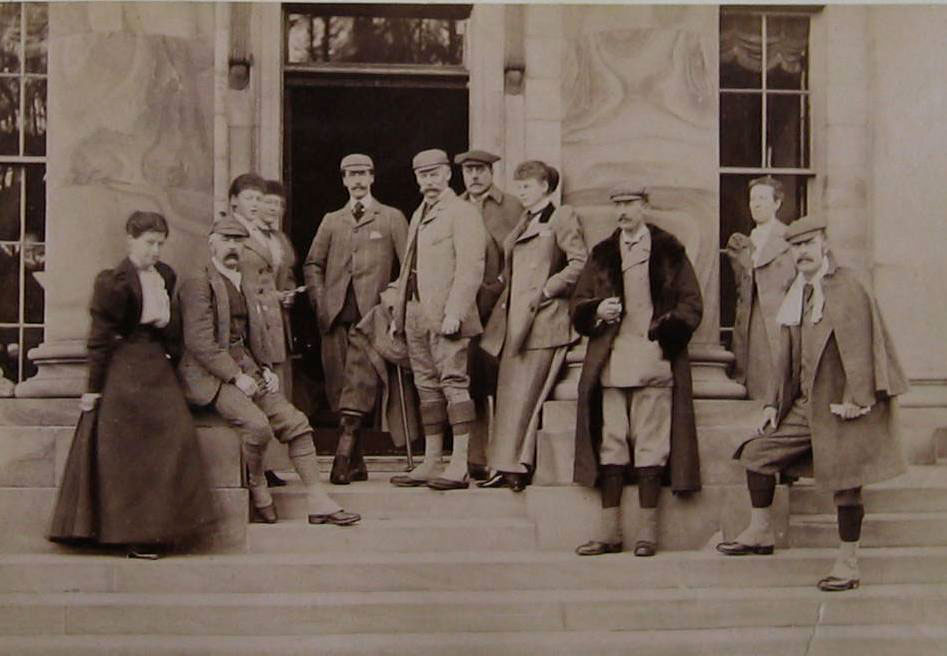
In tandem with the improvement of the shotgun, came scientific and intensive game rearing methods, producing large numbers of game birds. When properly organised, a line of beaters can push a steady flow of birds over a team of guns and provide ideal placement for the Guns to engage their quarry. Armed and drilled properly, a Victorian or Edwardian sportsman could, and often did, shoot a lot of birds, very quickly, on a top-quality shoot.
The popularity of driven shooting was given a huge boost by the passion for the sport ‘Bertie’, the future Edward VII, demonstrated. His social circle created a competitive hosting and shooting whirl for all to engage in. Polite, landed, society followed his lead and soon every estate in the country was hosting driven shoots of more or less opulence. It became a staple of country life and it has sustained to the present day, despite occasional lulls, brought about by war, social change or economic down-turns.
Prowess with the gun has always been noted and often admired. It has certainly always been competitive. The big Edwardian shooting estates competed for the biggest bags and the best shots were invited to make sure a lot of birds were killed. Results were often reported in the newspapers. Today, things are a little more discrete but within shooting circles, top shots are talked about and their claims and exploits discussed. Who are the best shots of the day? Even this is difficult to assess dispassionately.
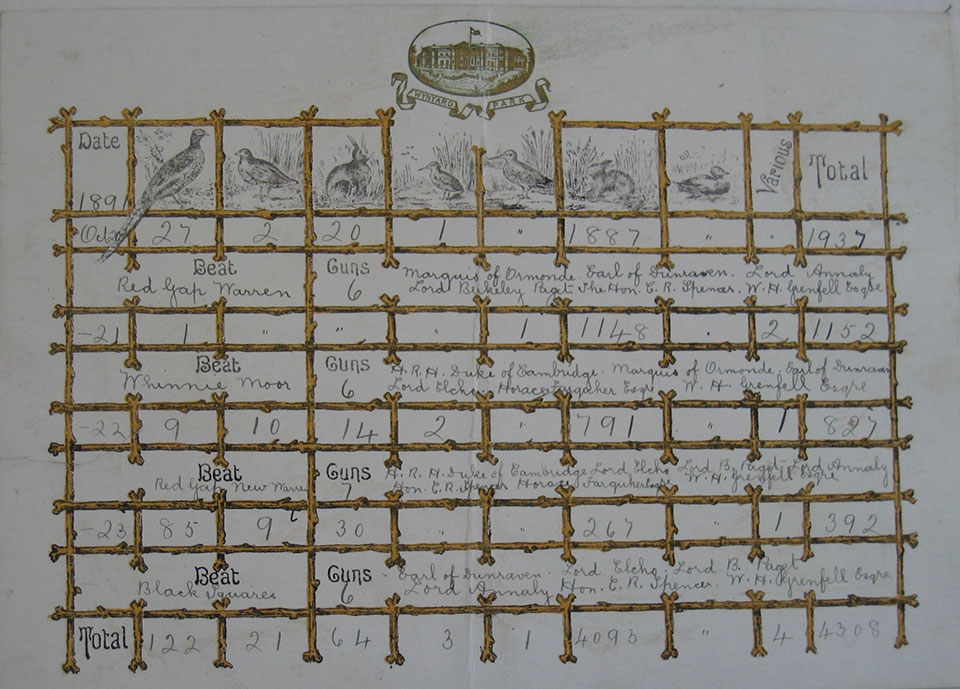
Our numerous shooting disciplines are much fragmented and specialised now. The best ZZ shot is not the best Sporting Clays exponent, the Skeet champion may not make the top twenty at Olympic Trap. A man who regularly kills bags of a hundred pigeons over decoys may struggle on high, driven pheasants and a top clay shooter may find the unpredictability of many game or wild bird shoots disorienting.
So, who are the best game shots of all time and are today’s exponents better, or less proficient, than the ‘big shots’ from the heyday of driven shooting?
The most famous exponents of driven shooting during its glory years were the aristocracy. They got the attention and had the time and means to shoot often and perfect their skills. In 1903, Bailey’s Magazine named among its twelve best game shots Lord De Grey (later Ripon), Mr Rimmington-Wilson, Lord Walsingham, Sir Harry Stonor, Maharajah Duleep Singh, Lord Carnarvon and The Prince of Wales (later King George V).
Yet, it was always contentious. Rimmington-Wilson was a brilliant driven grouse shot but only average on driven pheasant. There has always been skepticism over published lists of ‘Top Ten’ game shots. In order to get in, you had to be known to those making the list and politics is never far from such decision making.
It remains so today. It would be impossible to reliably create a line of the best eight game shots in the country. One could certainly create five or six lines of incredibly able sportsmen and marvel at their prowess but to objectively select a definitive list would be an exercise in futility.
But what of the general standard of shooting at the top of the sport today, compared to yesteryear? Would a modern team comprising George Digweed, Richard Faulds, Mike Yardley, Chris Batha, Dave Carrie, Sir Edward Dashwood and Phil Beesley compare favourably with De-Grey, Walsingham, Stonor, Duleep Singh, George V, Sir Ralph Payne Gallwey, Lord Ashburton and Lord Wemyss from the turn of the nineteenth century?
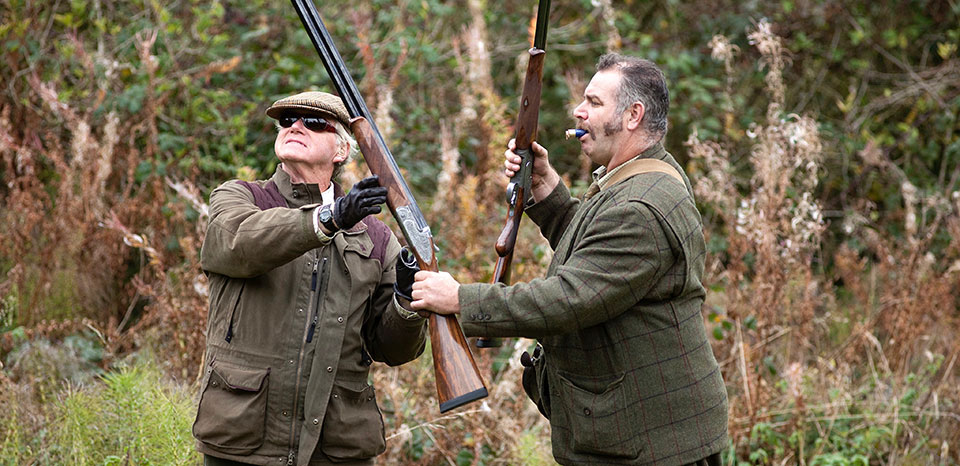
The first thing to note perhaps is the change of emphasis in driven shooting. For the Edwardians, maximum death was the main aim of the day and prowess equated not just to accuracy but also speed.
Selectivity was not apparently of much importance. In fact, Duleep Singh made something of a signature spectacle of shooting the heads clean off passing pheasants, to impress the ladies. Even with full choke, that suggests the birds were not up to modern sporting standards, to say the very least!
I would venture that a, time-travelling, modern observer, watching a big Edwardian shoot would be as disgusted by the proceedings as he would be taking-in the worst excesses of today’s ‘city boy’ commercial shoots where Guns (let’s not call them sportsmen) of average-to-low ability put five hundred slow, low, pheasants in the bag by lunchtime. The organisation and aesthetic would be more genteel but the slaughter no less nauseating.
When initiating aspirants into driven shooting, I tell them a Gun makes his reputation as much by what he leaves as what he shoots. I would not be truth telling if I claimed all today’s shooting men are more selective than yesterday’s, one reason I no longer book shoot days on commercial shoots with Guns I do not know.
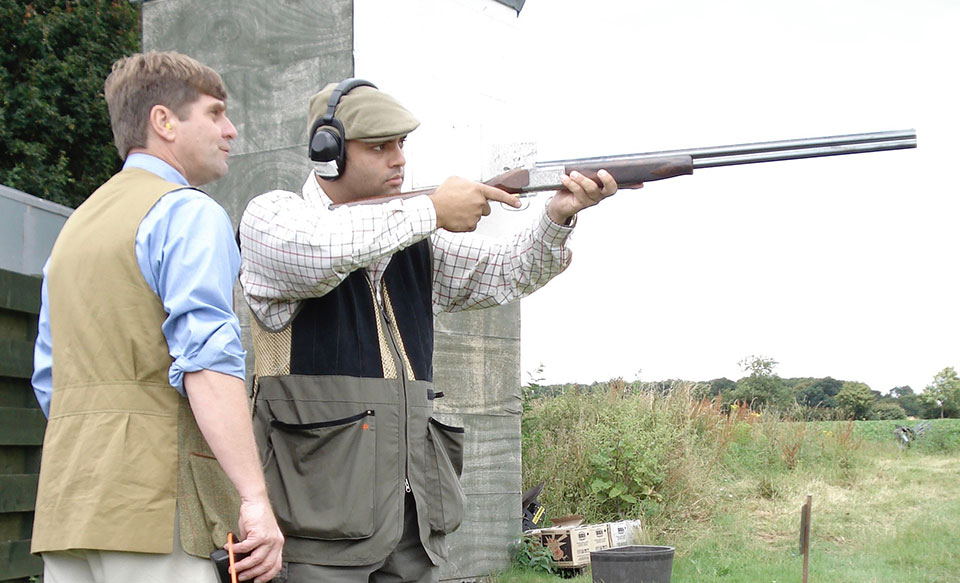
However, the elite of the driven shooting scene today are on the whole a sporting and selective bunch and the modern ethos is focussed more on quality than quantity, at least in theory. So, I would expect our modern team to display better sportsmanship in modern terms than our bag-fillers of the heyday.
Many of the top Edwardian shoots still exist today, so we can imagine our teams standing at the very same pegs at Warter Priory or Sandringham. However, the modern trend at the top end of the sport is for ever higher birds, which are certainly on the outer edges of what our forefathers would have attempted, or considered, in their own way, sporting. Of course, that brings us back to the guns and ammunition.
Take a look at the guns used by Ripon, Walsingham and Duleep Singh (I have handled them all). They are sub-seven-pound 12-bores, in general, though they also had 16-bore and 20-bore guns, with 30” barrels and external hammers. Until 1900, most of these were made for, and used with, black powder cartridges, felt wads and over-shot cards. The modern eight-pound over & under, loosing 46 grams of shot at 60 yard pheasants would be quite outside their experience or skill set.
Readers will see these avenues of comparison narrowing. Would our modern chaps shoot as fast and consistently accurately as the old-timers on their shoots and would the ancestors be able to adapt to ‘extreme’ pheasants and leave the thirty-yard ‘low bird’ alone at Whitfield?
Any sports trainer will tell you sportsmen are generally fit for what they do. A squash player might not be any good if you asked him to run a marathon and a rugby forward may begin to flag on a badminton court.
So it is with shooting. I see this in my own development. I spent several years shooting in South Africa every summer. Flighted pigeons and ducks and walked-up game birds took up the entire day, every day for three weeks. By the second week, I was comfortably killing long range birds with barely any effort or conscious thought, so attuned was I to the quarry and the situation.
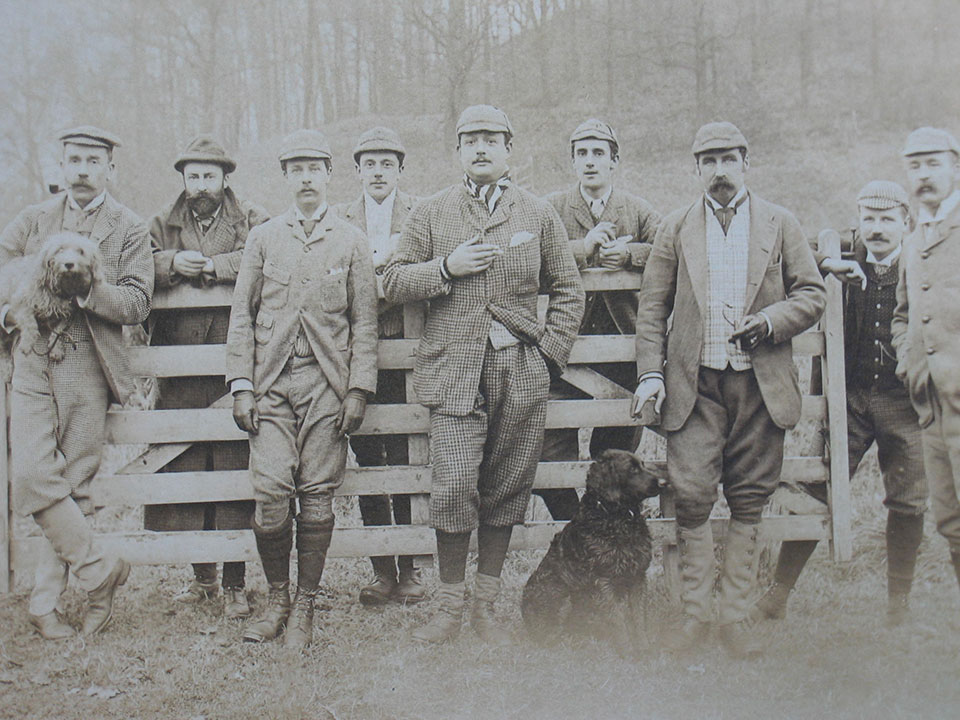
However, returning to England and standing on a peg at a driven pheasant shoot, I had to totally re-adjust to the different characteristics of each bird, angle and speed. Had you seen me shooting in Africa, you would have been impressed. Watching me back in England, the wheels had totally come off!
So, change the circumstances and even the same shooter cannot compete against himself for a ranking, so how can we usefully compare different aces from shooting eras that are three or four generations apart? Different in guns, ammunition, ethos, training and etiquette?
My contention would be that the best shots from any era would adapt to another, were they transported back, or forward, in time. Aptitude, hand-eye co-ordination, dedication and practice are the key ingredients to success. The best shots of the past had it and those of today have it too. I think there would be little to choose between them.
Of course, there has always been a widespread contention that those who make the lists of 'Top Shots' are simply those who squeak the loudest for the attention. A recent guest, shooting with a team at a local high-pheasant shoot of repute reminisced on observing some game shots unknown to readers of the glossy magazines, who are sublime when on-song and a pleasure to watch.
Perhaps the very best shots of all time are men whose names we shall never know. Perhaps those with the means to pay the £2,000 per day required to engage a big day on real quality pheasant shoots; and to pay it twenty or thirty times per season, have the necessary pracice to become proficiaent but more talanted men wthout the financial muscle can actually out-perform them - just not in view of the press.
Published by Vintage Guns Ltd on


